
Water | Resources
Are Disposable Polyethylene Gloves Safe?
Question from Bonnie
Hi Debra,
I do not want the nitrile or latex dish gloves. Amazon sells polyethylene disposable gloves. Are these safe? I saw a web site that stated polyurethane gloves are also made. I read the latex gloves can have other additives, are they unsafe?
Thank you.
Debra’s Answer
Both polyethylene and polyurethane gloves are safe. I’m very happy to see this.
Here’s where you can order them online:
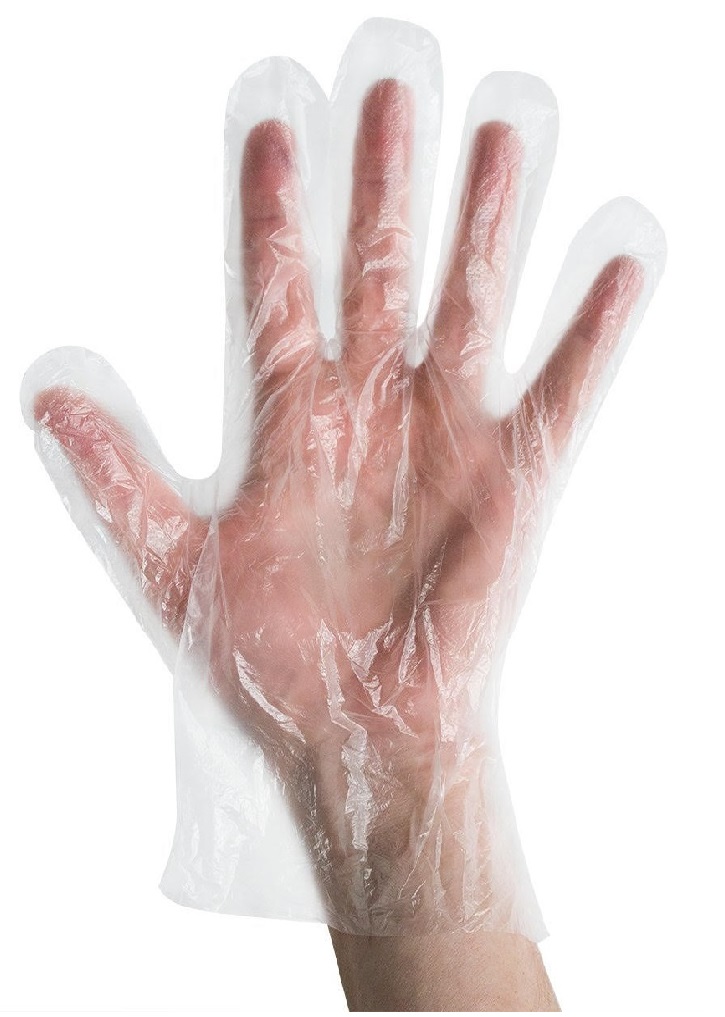
|

|
Blomdahl USA
 Skin-friendly earrings, necklaces and bracelets, developed in consultation with a skin specialist. “All of our earrings are made with Medical Plastic or Medical Grade Titanium. These medical grade materials ensure maximum comfort and safety for people who struggle with nickel sensitivity.” From a toxicity viewpoint, I would choose the titanium over plastic.
Skin-friendly earrings, necklaces and bracelets, developed in consultation with a skin specialist. “All of our earrings are made with Medical Plastic or Medical Grade Titanium. These medical grade materials ensure maximum comfort and safety for people who struggle with nickel sensitivity.” From a toxicity viewpoint, I would choose the titanium over plastic.
Nickel Free Belts
Naturally Nickel Free
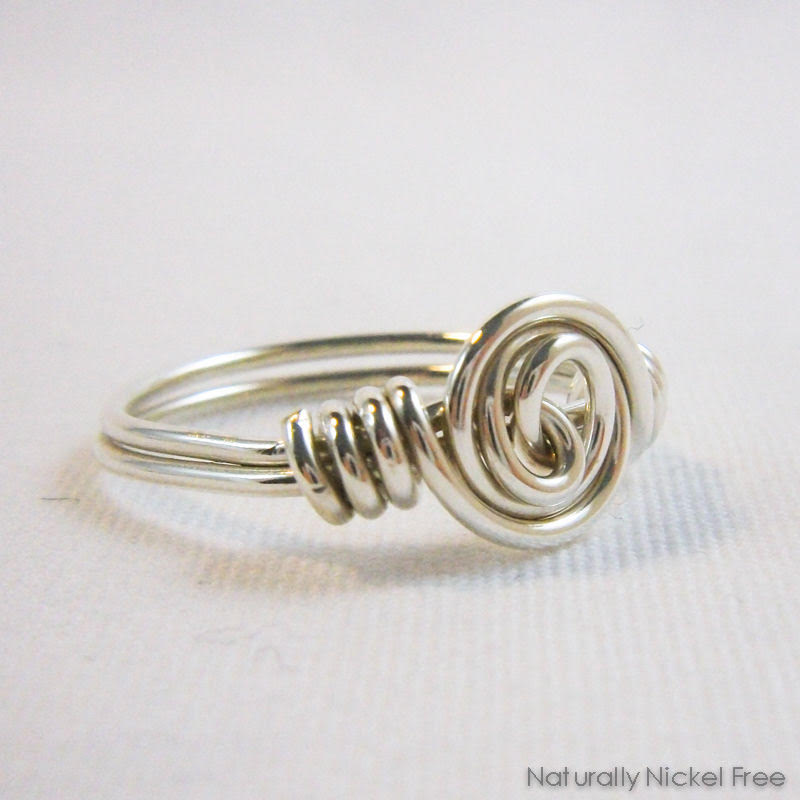 Nickel-free jewelry, handmade by a woman who has a nickel allergy. “My research about nickel allergies began, originally, because I have the allergy. It became really important to me though, when I began to realize how many other people are affected by this painful, but avoidable condition. I began to think that maybe my hours and hours of research, along with years of struggling with the same questions others have, may finally be put to good use. ”
Nickel-free jewelry, handmade by a woman who has a nickel allergy. “My research about nickel allergies began, originally, because I have the allergy. It became really important to me though, when I began to realize how many other people are affected by this painful, but avoidable condition. I began to think that maybe my hours and hours of research, along with years of struggling with the same questions others have, may finally be put to good use. ”
Simply Whispers
 Over 3000 nickel safe and irritation-free styles including watches, earrings, bracelets, necklaces, chains, rings, and accessories made from nickel-free and surgical stainless steel.
Over 3000 nickel safe and irritation-free styles including watches, earrings, bracelets, necklaces, chains, rings, and accessories made from nickel-free and surgical stainless steel.
Glass Food Steamers
A question came to me this week regarding a glass steamer I had suggested back in 2013.
At the time it was the only glass steamer I could find (and it was only available in Canada.
But looking for a glass steamer this week, I found more to choose from. Here’s the list of what I could currently find.

|
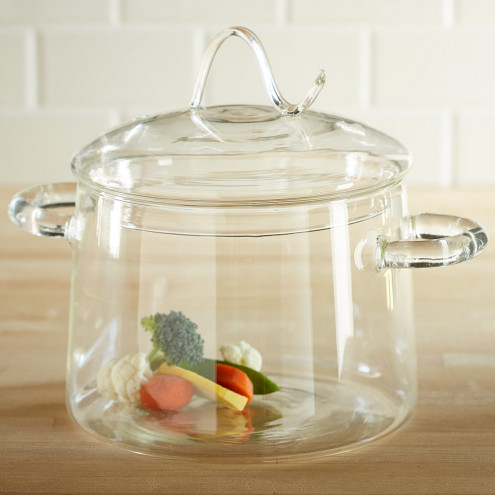
|
Steaming is my preferred cooking method now for vegetables (along with roasting), but I don’t use a separate steamer. I just put about 1/4 inch of water in the bottom of a skillet and turn the heat on high. When the water is evaporated, the vegetables are perfect.
Health Benefits of Love

I received a lovely little article this morning about the health benefits of love.
It made me stop and think if each benefit was true for me. Are they true for you?
1. Enjoy a Happier Life
I definitely am happier when I am with Larry. It’s noticeable to me and to others. A friend just commented on that recently. But not just with Larry. I’m happier when I’m with friends and family and even when I am doing activities that I love. It’s the LOVE you feel that’s important here, I think, not what or who you are loving.
2. Live a Longer Life
I would say this is true for me too. Having spent most of my adult life very happily married, I think that has contributed to my health. At age 61 I have far fewer health problems than other people my age that I know. I attribute that to living a toxic-free life, but also to love.
3. Fewer Colds & Flu
I hardly ever get a cold or flu. It’s been shown that those who have positive emotions are better able to fight off cold and flu viruses. I agree with that.
4. Better Blood Pressure
While I can’t prove this one in my own life, apparently happily married folks have the best blood pressure averages, and unmarried people have the worst.
5. Healthier Eating Habits
Now this one I can verify. It’s much easier for me to stick to good eating habits if Larry and I are eating good food together. It’s also easier to keep those good habits going when you have a partner to help. Those evenings when I need to work and don’t have time to cook, when Larry is with me he can take over the cooking duties and make something simple, delicious and nutritious.
(I trained Larry to cook just for this reason. His cooking used to be pretty funny. Once, many years ago, I was sick so he made “spaghetti with red sauce,” the red sauce being opening the refrigerator and putting alll the red foods in a pot. But now he’s really interested in cooking and is getting pretty good at it. I don’t mind eating his cooking at all.)
Each of these benefits have studies to substantiate them. The studies are all given in the original post:
Cotton Leggings
Question from Bonnie
Hi Debra,
Cotton leggings? Do you wear them and where can they be found?
Thanks.
Debra’s Answer
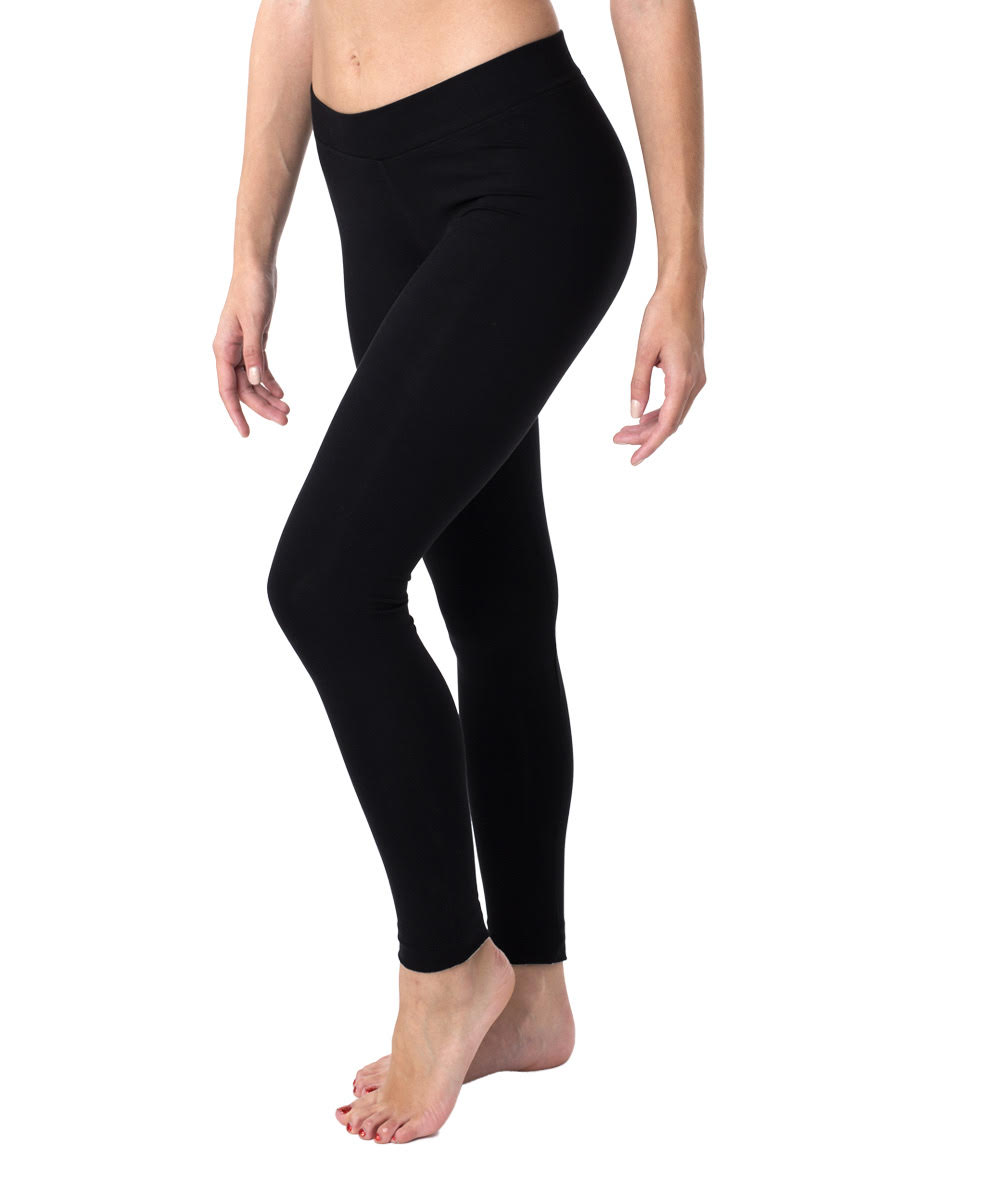 Cotton “leggings” are snug-fitting cotton knit pants. They are usually made from cotton plus elastic, but I found some that are 100% cotton.
Cotton “leggings” are snug-fitting cotton knit pants. They are usually made from cotton plus elastic, but I found some that are 100% cotton.
They are great for exercise and keeping warm in the winter. I don’t wear them because I live in Florida and it’s never cold enough.
I looked for cotton leggings online and found many are blended with synthetic materials—such as Modal and Spandex—in addition to the elastic.
Here are two that contain the most cotton that I could find:
Fair Indigo 100% organic Pima cotton leggings.
PACT GOTS certified organic cotton leggings in black, colors, and patterns (they also have tights)
HUE 95% cotton, 5% spandex
This page online has many “100% cotton leggings” that are much less expensive than those listed above.
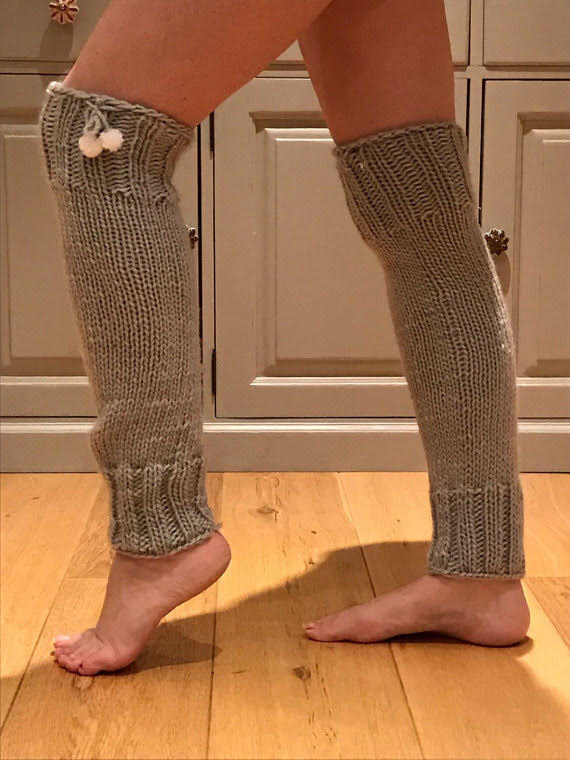 “Yoga pants” also came up in my search for “cotton leggings.”
“Yoga pants” also came up in my search for “cotton leggings.”
Many years ago when I lived in California in the wintertime I wore what we called “leggings” and are now called “leg warmers.” Ballet dancers wear them to keep their legs warm during practice, and we all wore them in aerobics class. Most are made from synthetics and elastic, but these in the photo are made-to-order hand-knitted from cotton. Hippy Headbands Co.
Commuters Using Public Transportation Are Exposed to More Air Pollution Than Commuters Who Drive
 A UK study has found that while motorists produce the most pollution per commuter, those who take public transportation are exposed to much higher levels of pollutants while commuting.
A UK study has found that while motorists produce the most pollution per commuter, those who take public transportation are exposed to much higher levels of pollutants while commuting.
The study measured only particulates, but this indicator shows a volume of pollution that would include VOCs as well.
THE TELEGRAPH: Commuters on Public Transport ‘Exposed to Higher Pollution Levels Than Car Users’
BPA and Rules of Evidence
It’s been known since the 1930’s that Bisphenol A (BPA) weakly mimics the human hormone estrogen. Which means that, for women especially, bodies will accept BPA as if it were estrogen, filling receptor sites with chemicals instead of hormones.
Yet, despite this scientific knowledge, BPA has become ubiquitous in our toxic consumer world.
This article tells just why so many toxic chemicals are allowed and why it’s so difficult to get bans and regulations. This is why it continues to be our responsibility as consumers to change the marketplace by refusing to purchase toxic products.

 Large selection of nickel-free belts and belt buckles—all styles and sizes.
Large selection of nickel-free belts and belt buckles—all styles and sizes.




